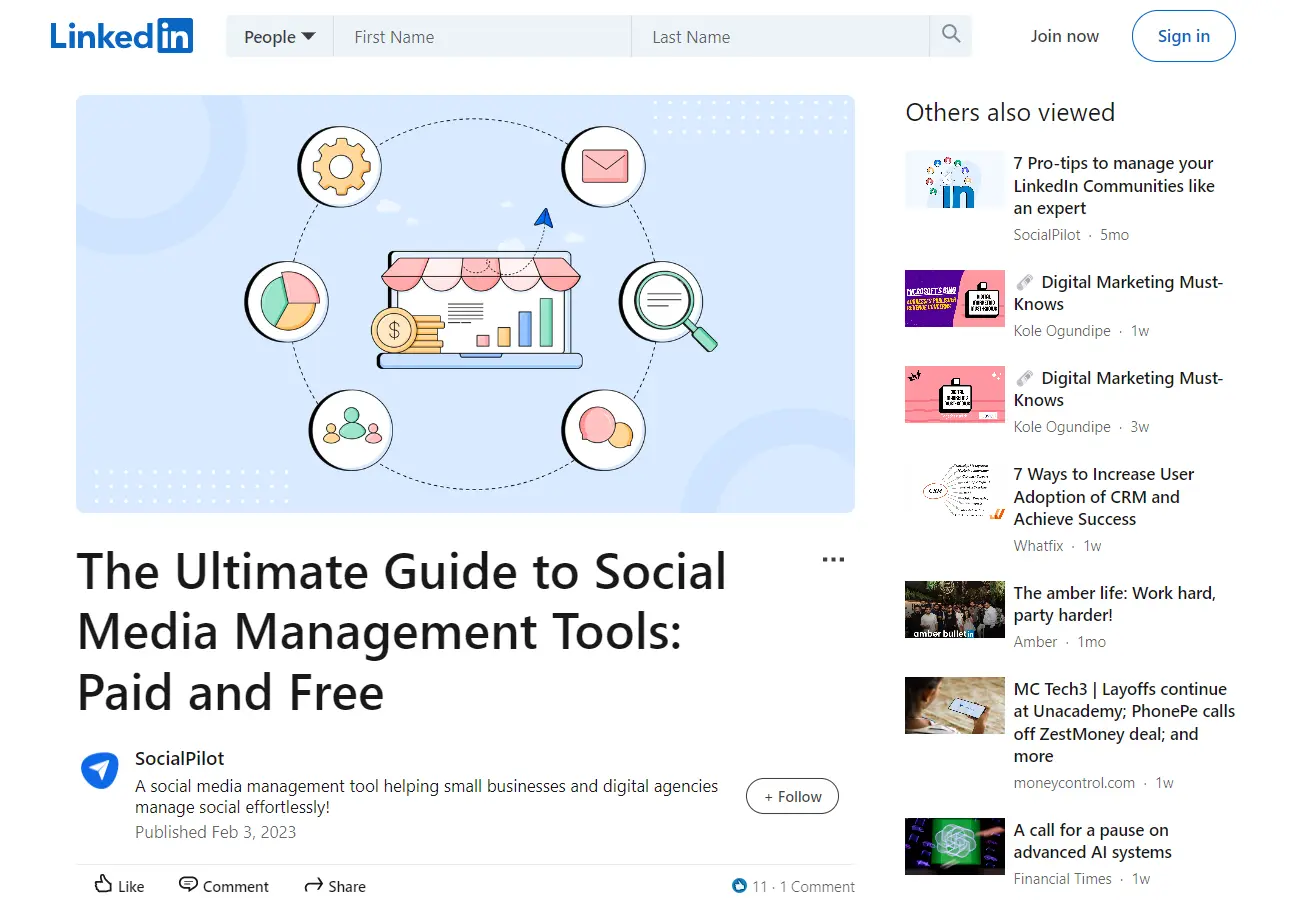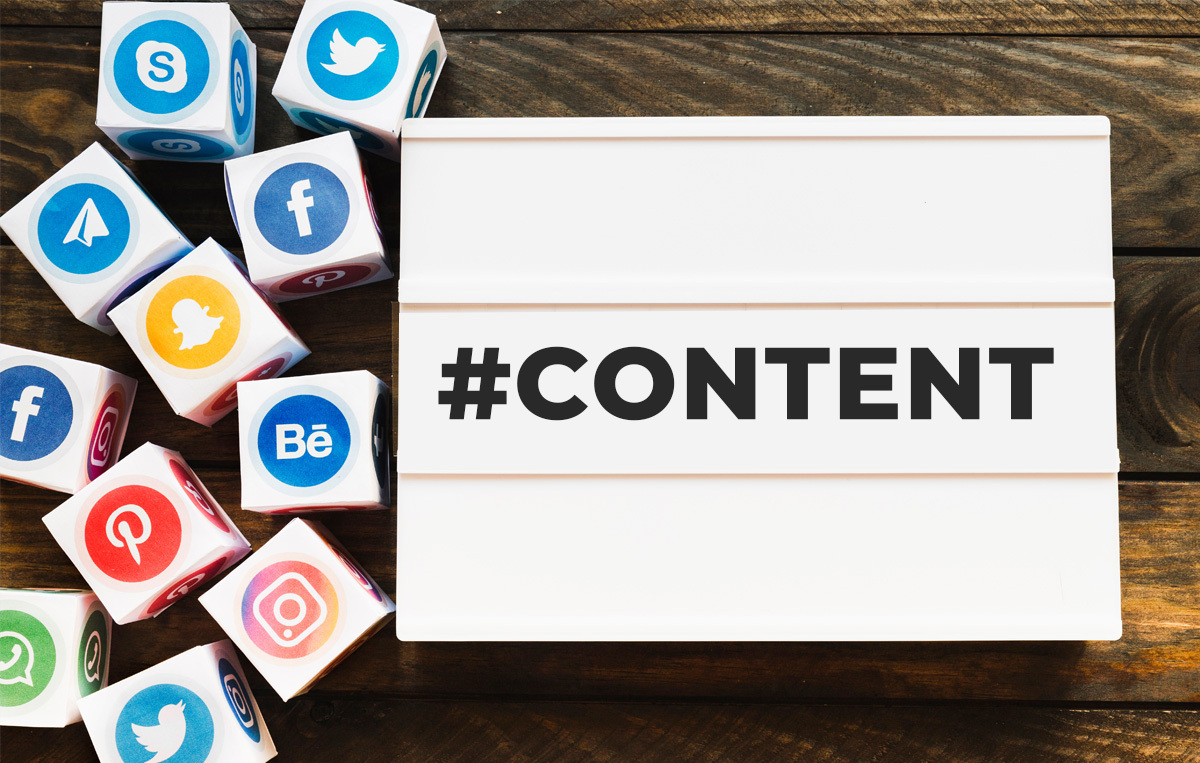More About Inbound Marketing
Did you know the term ‘inbound marketing’ was introduced by Brian Halligan, the co-founder of HubSpot, in 2005?
After the digital revolution and the arrival of social media, businesses needed to find a way to stay ahead of the competition by marketing their products through personalized user experiences. Market research became crucial in creating content that appealed to customers’ needs and fostered dialogue between businesses and customers.
Instead of marketing ‘at’ the customer, businesses focused on engaging them with inbound marketing. This was the start of the marketing practice, and the term grew in popularity after 2012.
So what is inbound marketing essentially? It is an advertising approach aimed at creating positive experiences for users or potential customers by providing them with helpful content. The goal is to give your target audience a reason to return to your business.
Since buyers’ preferences often depend on their emotions, as a marketer, you should draw their attention with meaningful conversations.
While inbounding marketing results may not be visible immediately, they are profitable for your business in the long run.
A few benefits of inbound marketing are as follows:
- Inbound marketing is much more cost-effective as it is carried out online, specifically targeting the customer base.
- Approximately 81% of consumers research online before deciding to buy any product. With inbound marketing, your business can attract customers organically by providing helpful content that builds trust and positions you as a reliable seller.
- Interacting with customers on social media platforms and listening attentively to their conversations, queries, and feedback assists you in understanding how to improve your products and services.
- Inbound marketing on social media helps increase brand visibility and awareness.
In today’s world, social media has become an indispensable tool for businesses to reach and engage with their customers. By creating compelling content on various social media platforms, brands can build a loyal following and promote their products and services.
This approach not only helps businesses to retain their existing customers but also increases their visibility and attract new customers.
Social media can be used in several ways for inbound marketing. You can post long-form blogs, quizzes, how-tos, and tutorials that pertain to the target audience’s problems. You can also use Stories, Reels, and other forms of videos to create engaging content on Facebook and Instagram and reach new customers.
The image below is an example of inbound marketing on LinkedIn. This blog post highlights the top social media management tools businesses can use.


